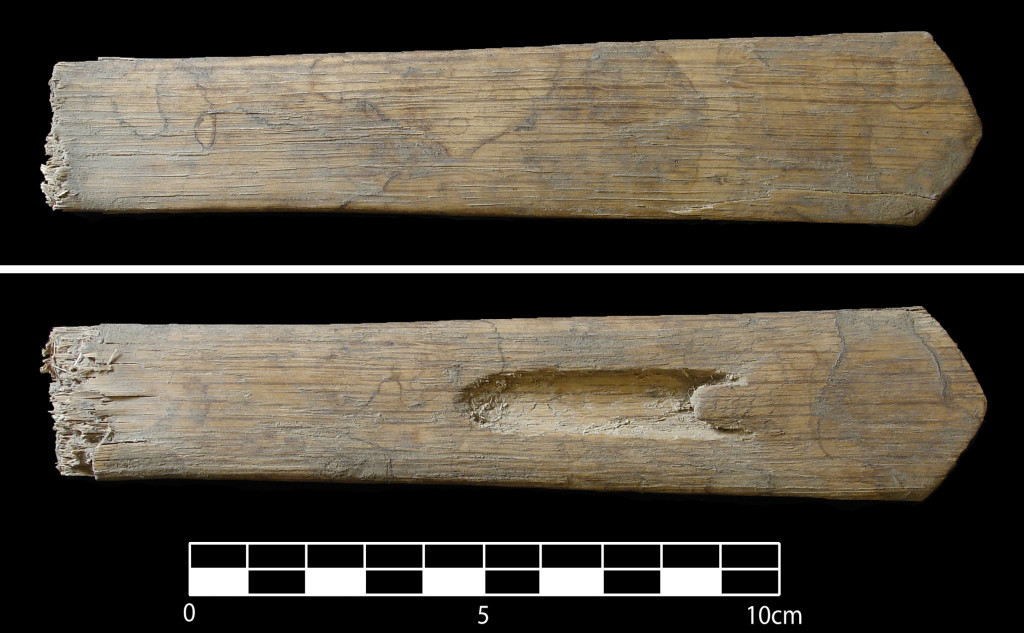Justin Garnett, 2/25/2014

Since there is such a demand for perishable organic artifacts, there is a brisk trade in them, and cottage industries to create fakes. Aside from the fact that trade in ancient artifacts leads to looting and site destruction, such as what tragically occurred at Turkey Pen Ruin in Grand Gulch Primitive Area in 1980, one can never be truly certain if a purchased “artifact” is genuine or a fake. Additionally, artifacts are stolen off BLM land, National Parks, Indian reservations, and even out of museum collections.
Many people will argue that some pieces are “too good” or look “too old” to be fakes, however professional artififakers are good at what they do–they will go to great lengths to produce accurate fakes, through lengthy research on artifact types and development of special aging processes for their creations.
These artifakes (Or even genuine looted artifacts from uncontrolled digs) are free of context and provenience, which are the only things truly of value about an artifact. Artifacts are not “Treasure” and should not be thought of that way and collected to view–they are emissaries of knowledge of lost and forgotten peoples–part of our shared human heritage. Looked at independently of context and provenience, an artifact is meaningless, and all the information which it could have given us about the people who created it forever lost to the world. If one truly respects ancient artifacts and their creators, one should never participate in the trade of artifacts–to do so can cloud the archaeological record with fakes, as well as forever lose valuable information and the inherent worth of genuine artifacts.
Please, admire artifacts which are already in collections, public or private, and resist the temptation to collect them or purchase them for yourself.
References:
Powers, Margaret A; Swift, Marilyn K; “The salvage of archaeological data from Turkey Pen Ruin, Grand Gulch Primitive Area, San Juan County, Utah”, San Juan County Archeological Research Center and Library, Division of Conservation Archeology; United States Heritage Conservation and Recreation Service, 1984.

